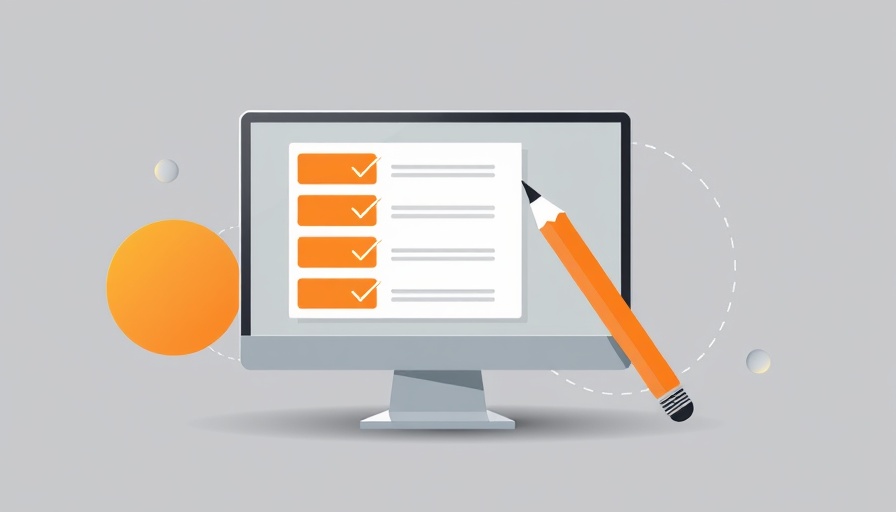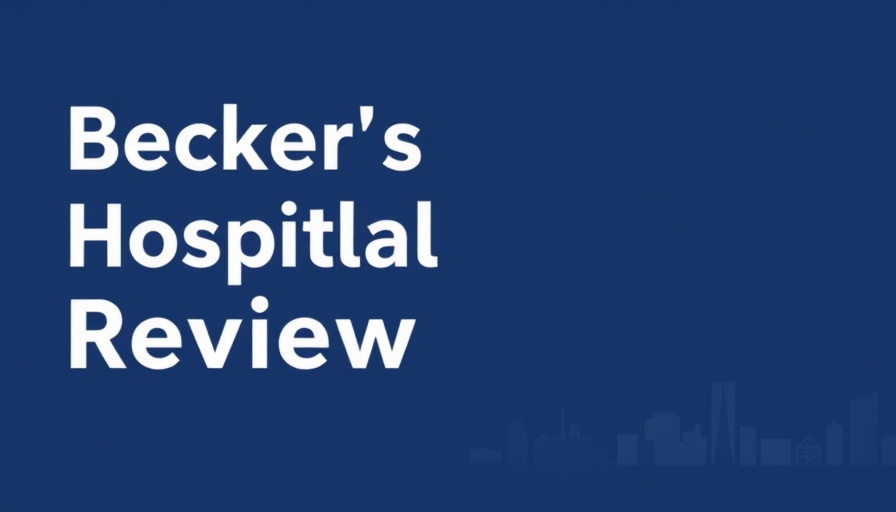
Understanding Medicare's New Prior Authorization Model
The world of healthcare is dynamic, and keeping up with Medicare's evolving policies can be quite a challenge, especially for healthcare providers who are on the frontlines of patient care. One of the most notable changes on the horizon is the new prior authorization model, aimed at streamlining patient care while also controlling rising costs in the healthcare system.
Why This Change Matters to Healthcare Providers
The introduction of a new prior authorization model is significant for healthcare providers including physicians, nurse practitioners, and hospital administrators. Understanding how this model affects clinical workflows is essential for optimizing patient management. With primary care and specialty providers often at the mercy of complex insurance requirements, the new guidelines promise to improve patient access to necessary services and facilitate quicker decision-making for treatments.
Potential Benefits of the New Model
This updated approach to prior authorizations is designed with several goals in mind: reducing unnecessary administrative burdens, improving treatment access for patients, and enhancing the efficiency of healthcare delivery. By streamlining the authorization process, it targets delays that can significantly impact patient care and satisfaction. Moreover, it encourages healthcare innovation and may lead to improved patient outcomes.
Rising Healthcare Costs: A Crucial Context
Healthcare costs continue to rise, and they take a significant toll on both providers and patients. The new prior authorization model could help mitigate some of these costs by reducing the complexities involved in securing approvals for necessary treatments. Studies have shown that excessive administrative tasks often lead to provider burnout and dissatisfaction. This model, if executed effectively, could enhance the quality of provider-patient interactions by allowing clinicians to spend more time on patient care rather than paperwork.
Implementing the Changes: What Providers Need to Know
For successful implementation of the prior authorization model, healthcare providers must be well-informed about the policies and their implications. Training and resources will be vital; thus, engaging in continuing medical education (CME) and discussions with local healthcare leadership will be essential in adapting to these changes.
Building a Supportive Network
Healthcare is a community effort, and one of the best strategies for incorporating the new prior authorization model effectively is through collaboration. By sharing experiences and strategies through peer networks, providers can navigate the nuances of these changes together. Engaging in discussions about insights and challenges may lead to innovative solutions that benefit both providers and patients.
The Future of Medicare and Healthcare Policies
The landscape of Medicare is likely to continue evolving, particularly as it will need to harmonize with ongoing discussions about healthcare reform and value-based care. As providers adapt to changes, understanding the potential future implications of these policies can help streamline operations and promote better patient safety strategies.
Conclusion: Adapting to Change in Healthcare
Staying informed about the latest medical news and healthcare policies will always be crucial for healthcare providers. The adoption of the new prior authorization model is just one more example of how policies can foster significant shifts in the healthcare landscape. For providers looking to thrive in this evolving environment, embracing change and collaborating effectively will be key.
Now more than ever, it's important for healthcare professionals to engage with these policy changes proactively. Consider seeking out forums and discussions to familiarize yourself with the new processes and share your insights with colleagues. Strengthening our healthcare community ultimately translates to better patient care.
 Add Row
Add Row  Add
Add 




 Add Row
Add Row  Add
Add 

Write A Comment